Cudweed
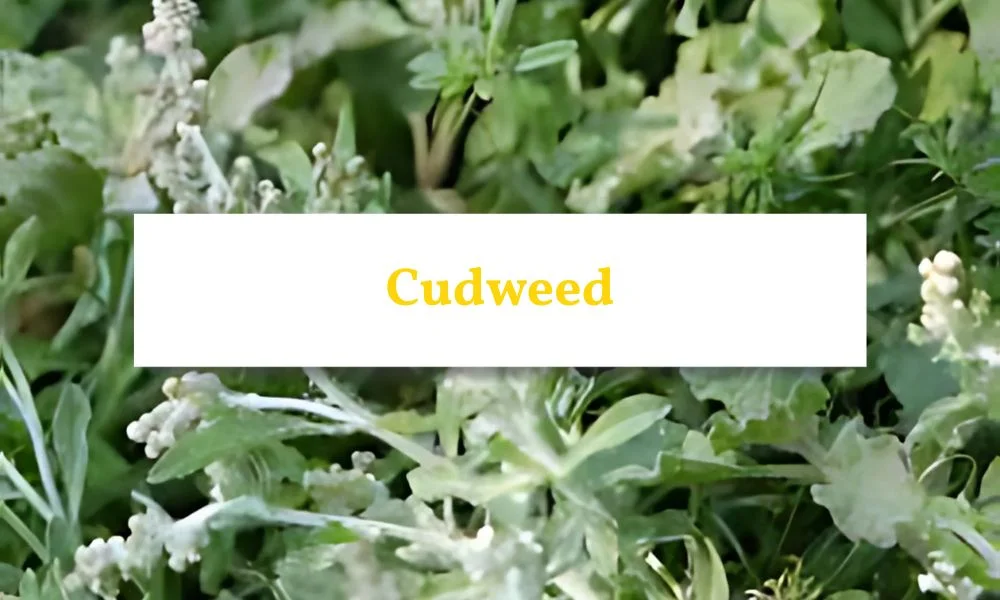
What Is Bindi Weed?
Cudweed (Gnaphalium spp.), also known as catfoot or rabbit tobacco, is a common annual or biennial broadleaf weed that thrives in lawns, gardens, and disturbed soils. It is easily recognised by its woolly, silver-green leaves and upright stems. Cudweed grows in a basal rosette during winter and produces flowering stems in spring, making it a persistent problem in turfgrass and low-maintenance areas.
Characteristics of Cudweed
-
Appearance: Cudweed has oval or spatulate leaves covered with fine white “woolly” hairs, giving it a silvery sheen.
-
Leaves: The leaves grow in a basal rosette during winter and are alternately arranged along the stem when it elongates.
-
Flowers: Small, tan to white flower clusters form at the ends of upright stems. These flowers produce fluffy seed heads similar to dandelions.
-
Growth Habit: Cudweed can grow up to 40 cm tall and spreads through seeds that are dispersed by wind.
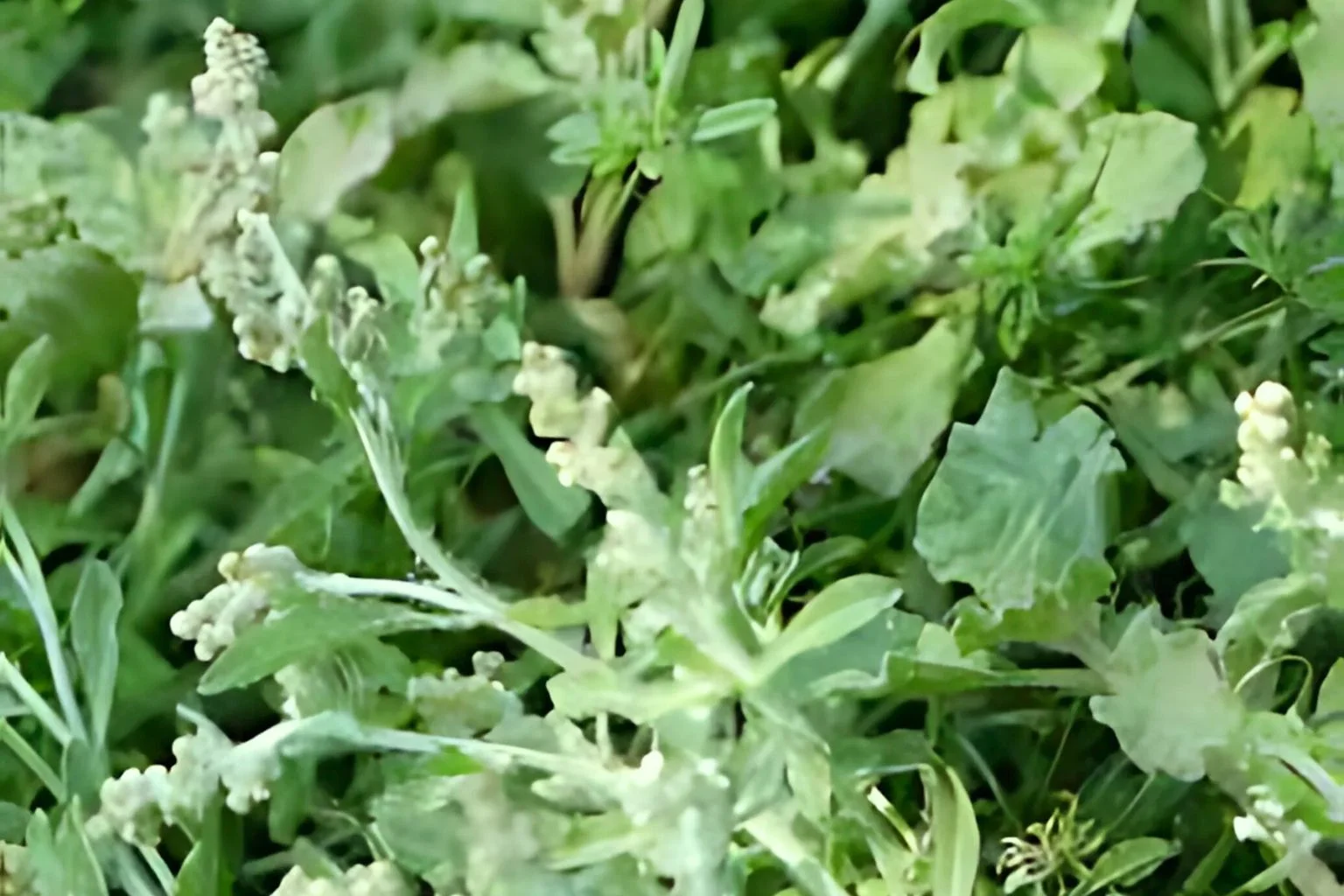
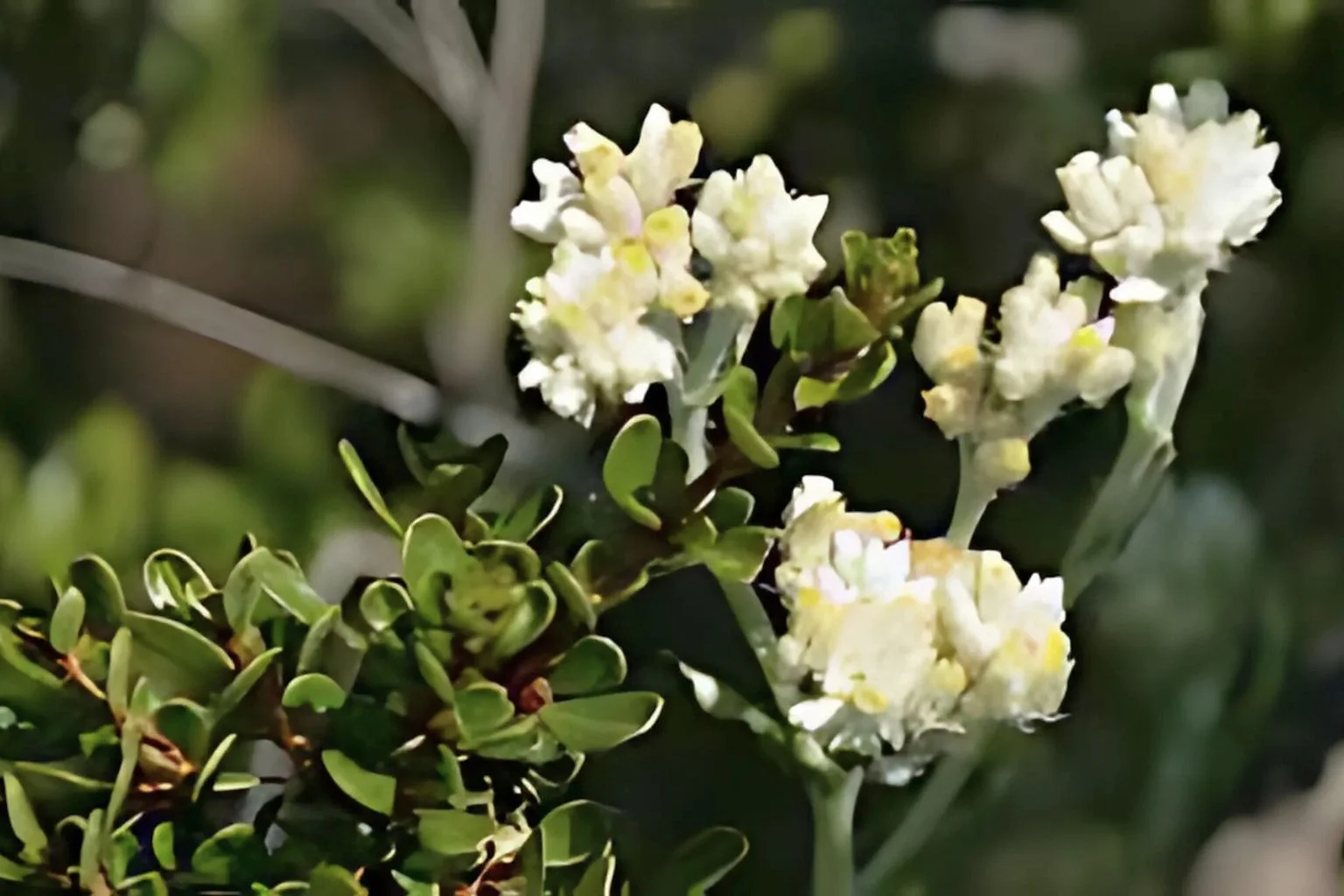
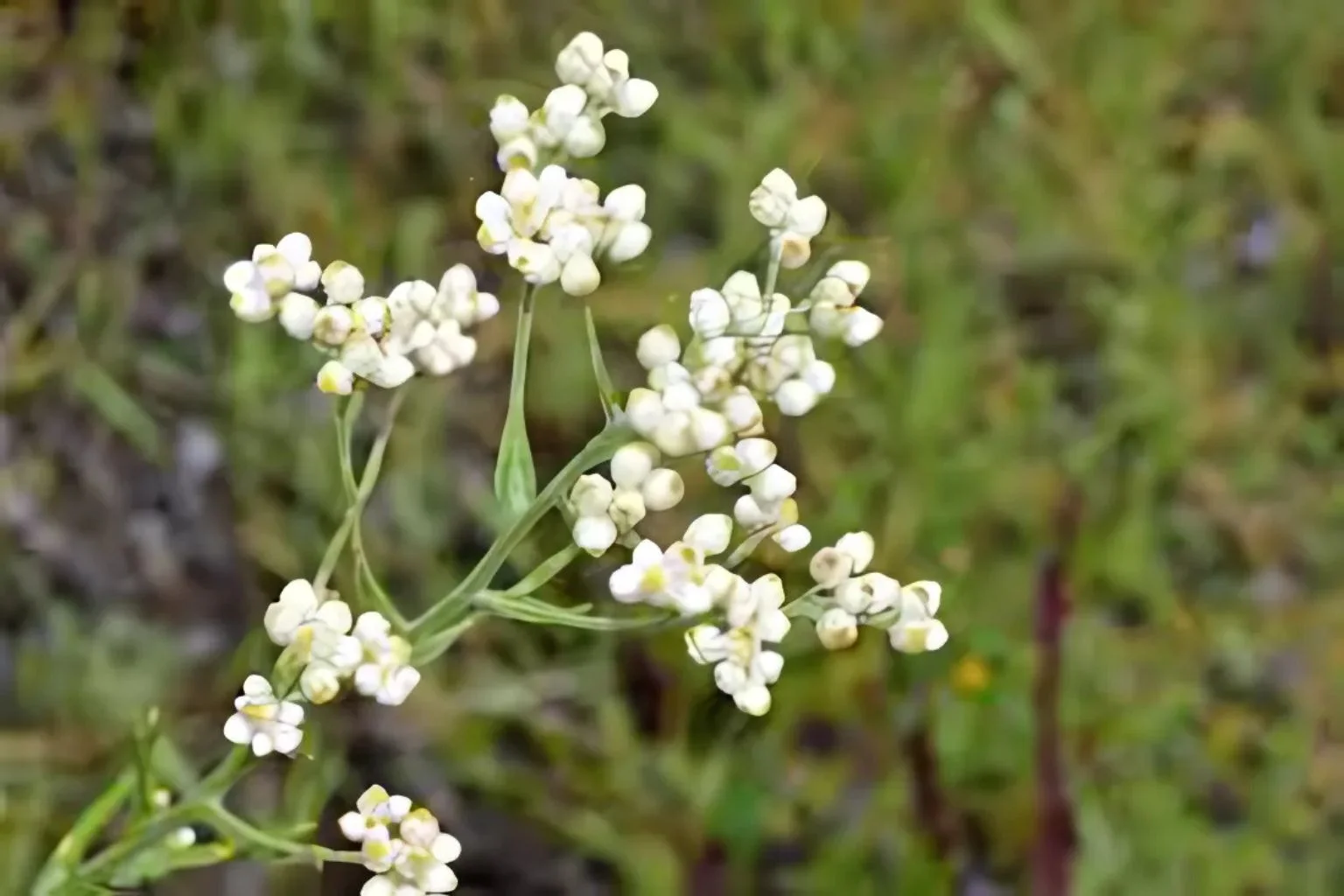
Why Is It A Problem?
Cudweed competes with turfgrass and other desirable plants for nutrients, water, and sunlight. Its ability to produce large quantities of seeds allows it to spread quickly across lawns and gardens. Additionally, its woolly leaves make it resistant to some herbicides, complicating control efforts.
Environmental Impact
-
Seed Dispersal: The lightweight seeds are easily carried by wind, animals, and equipment, enabling cudweed to invade new areas rapidly.
-
Competition: Cudweed outcompetes native plants and grasses, reducing biodiversity in affected areas.
Agricultural and Pastoral Impact
-
Turfgrass Competition: In lawns and pastures, cudweed reduces the quality of turf by forming dense patches that crowd out desirable grasses.
-
Management Costs: Controlling cudweed often requires additional time and resources due to its resilience.
How to Identify Bindii Weed
Cudweed is identified by its woolly silver-green leaves that form a basal rosette during winter. The upright stems produce small tan or white flowers that develop into fluffy seed heads in spring. Its distinct hairy texture on leaves and stems makes it easy to distinguish from other weeds.
Effective Methods
Cudweed Herbicide and Control Methods
Cultural Practices
-
Healthy Turf Maintenance: Maintain dense, actively growing turf by mowing at the correct height, fertilising appropriately, and watering deeply but infrequently. Healthy grass can outcompete cudweed naturally.
-
Soil Aeration: Aerate compacted soils to improve drainage and reduce conditions favourable for cudweed growth.
Mechanical Control
-
Hand-Pulling: For small infestations, cudweed can be pulled out manually. Ensure the entire root system is removed to prevent regrowth.
-
Raking or Tilling: Light cultivation can disrupt seedlings before they establish.
Chemical Control
-
Cudweed Herbicide: Use selective broadleaf herbicides containing active ingredients like 2,4-D or dicamba for effective control of cudweed without harming grasses. Herbicides should be applied during early growth stages in spring or fall when the plant is actively growing. In particular you can check out Surefire DICAMBA and Yates Weed ‘n’ Feed.
-
Repeat Applications: Follow-up treatments may be necessary for larger infestations or resistant plants.
Preventative Measures
-
Monitor Regularly: Inspect lawns frequently for signs of cudweed growth and act quickly to remove new plants before they flower.
-
Mulching: Apply mulch in garden beds to suppress cudweed by blocking sunlight.





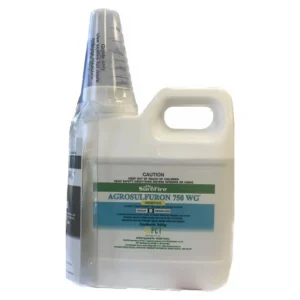
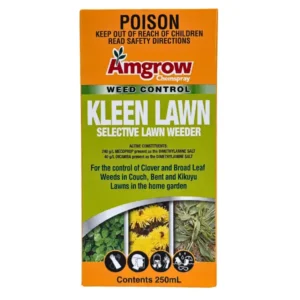
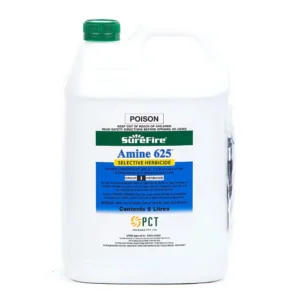
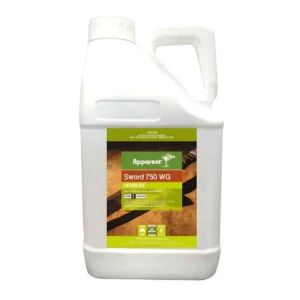
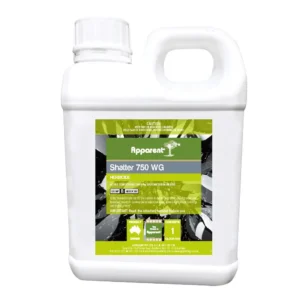
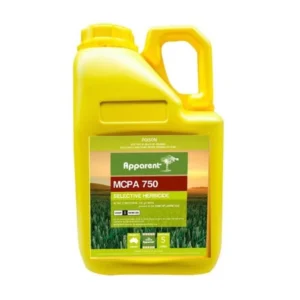
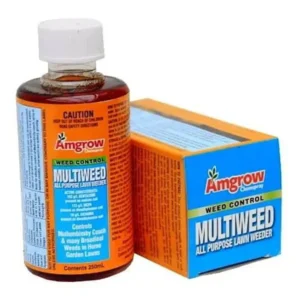
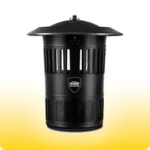 Mosquito Traps
Mosquito Traps